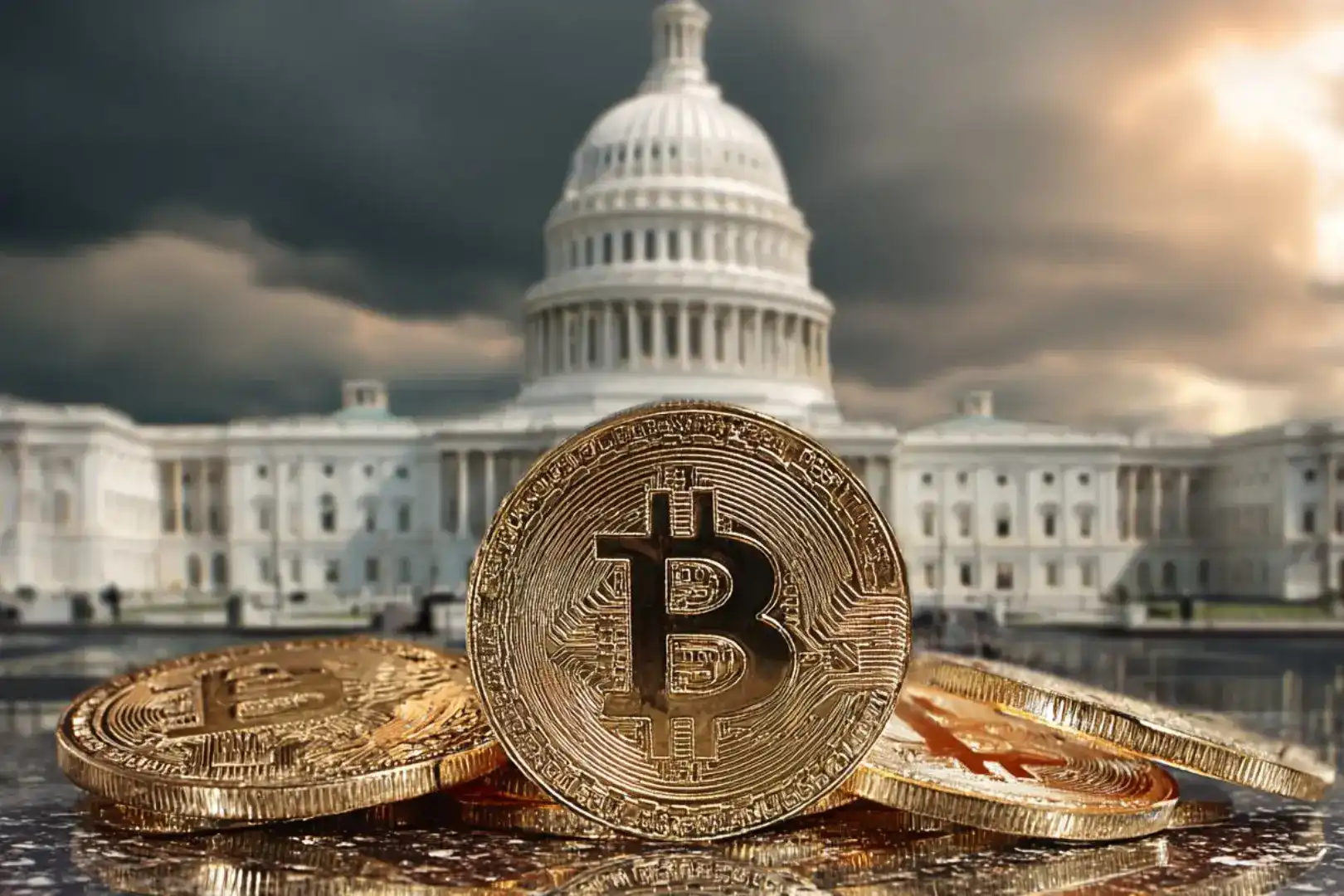PANews reported on May 20 that according to the latest weekly data from CoinShares, digital asset investment products saw inflows for the second consecutive week, totaling $932 million. This inflow was mainly influenced by the CPI report, with the last three trading days accounting for 89% of the total flow. The U.S. market dominated this inflow, totaling $1.002 billion. Grayscale, which had experienced outflows of $16.6 billion since the launch of its ETF in January, also saw a small inflow for the first time, totaling $18 million. Bitcoin saw an inflow of $942 million, indicating investor optimism about its prospects. Various altcoins also experienced inflows, with Solana, Chainlink, and Cardano receiving $4.9 million, $3.7 million, and $1.9 million respectively. In contrast, Ethereum continued to see outflows of $23 million this week due to poor prospects for SEC approval of a spot ETF. Additionally, blockchain stocks continued to experience outflows, with only six weeks of inflows this year, and a total outflow of $512 million year-to-date.
CoinShares: Digital Asset Investment Products Saw Net Inflows of $932 Million Last Week
Disclaimer: The content of this article solely reflects the author's opinion and does not represent the platform in any capacity. This article is not intended to serve as a reference for making investment decisions.
You may also like
Three things that must happen for Bitcoin to avoid bear market
A $500 billion valuation giant is emerging
With a valuation comparable to OpenAI and surpassing SpaceX and ByteDance, Tether has attracted significant attention.

Prediction markets meet Tinder: Can you place bets on Warden's new product by simply swiping left or right?
No need for chart analysis, macro research, or even inputting the amount of funds.

Why does bitcoin only rise when the U.S. government reopens?
The US government shutdown has entered its 36th day, leading to a decline in global financial markets. The shutdown has prevented funds from being released from the Treasury General Account (TGA), draining market liquidity and triggering a liquidity crisis. Interbank lending rates have soared, while default rates on commercial real estate and auto loans have risen, increasing systemic risk. The market is divided over future trends: pessimists believe the liquidity shock will persist, while optimists expect a liquidity release after the shutdown ends. Summary generated by Mars AI. The accuracy and completeness of this summary are still being improved as the Mars AI model is updated.
